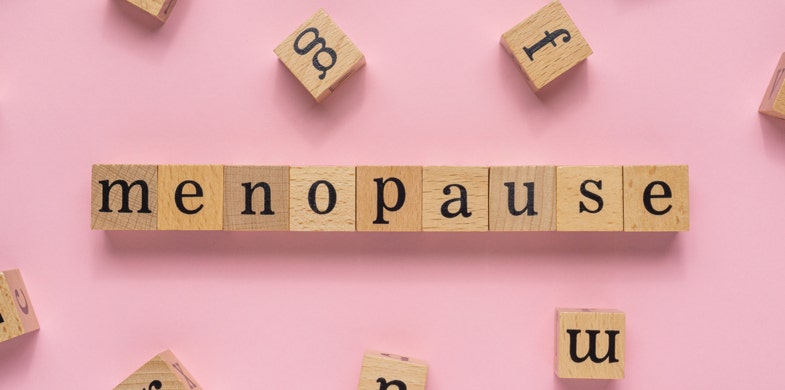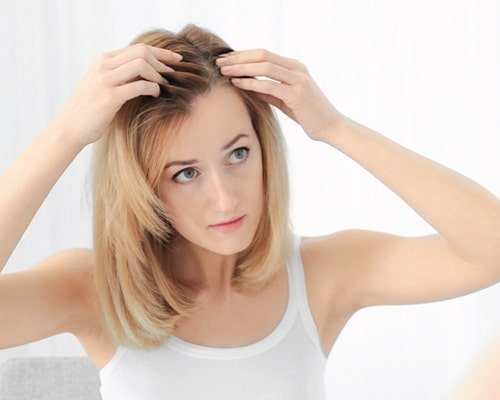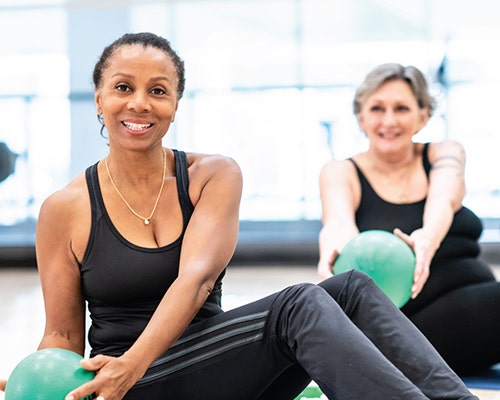Your No Sweat Guide to Hot Flashes
- 8/29/22


If you’re sweating over hot flashes, there’s no need to get all hot and bothered with these answers to your burning questions.
Hot flashes can happen in a flash. A sudden wave of warmth comes over your head, neck, and chest. Your face gets flushed, your heart beats fast, and you’re sweating uncontrollably. Don’t bother blaming the weather or think that you’re coming down with the flu. News flash: You’re having a hot flash! Whether these flashes are already flaring up or you’re sweating over whether they’ll start, the following insight about what triggers these troubles, as well as when and who they strike, and some natural hot flash remedies can help you handle the heat in a flash.
What are Hot Flashes?
Hot flashes can make you a hot mess. You could be feeling fine and looking good, then a sharp flare of heat sneaks up on you. Before you know it, your face is red, you’re drenched in sweat, your heart is racing, and you’re left with an uneasy feeling. Seconds later, you’re chilled to the bone. That’s how it looks and feels to have a hot flash. And ladies, it isn’t pretty. Hot flashes are the most common symptom of menopause, which is a normal part of a woman’s aging process when your menstrual periods become less regular and soon stop altogether. For some, hot flashes start several years before menopause as their body begins transitioning, which is a time called perimenopause. The transition to menopause usually occurs between the ages of 45 and 55. Yet some women experience early menopause in their thirties, while others wait until their early sixties. No matter when hot flashes start, they usually end once you’ve gone through menopause, yet can linger longer and even last for the rest of your life.
Why Hot Flashes Flare Up
Hot flashes can happen to any woman at any time, but why do they happen at all? Blame it on your hormones, which dramatically fluctuate before, during, and after menopause. A drop in estrogen levels confuses your body’s internal thermostat and makes you suddenly feel too hot. Then your brain comes to the rescue by telling your heart to pump faster to get rid of the excess heat, while cooling you down by making you sweat. But since your internal thermostat is out of whack, you unexpectedly feel too cold and have the chills.
Not All Women Need to Sweat It
Approximately 75% of women will have hot flashes. This may be cold comfort, but it’s nice to know that you’re not alone. Some only have them for a very short time, yet on average, most women will have hot flashes for around seven years. Some lucky ladies never have a hot flash at all! But every woman is different and affected in different ways. A single episode can be over in a matter of seconds or last as long as five minutes. Some hot flashes are so mild that you barely notice them, while others are so intense that they interfere with your daily activities or keep you up all night in a sweat.
Eat to Beat the Heat
When your face, neck, and chest are consumed by a surge of heat that leaves you sweating, flushed, and frustrated, it’s tempting to seek relief in a cold pint of ice cream. But there are better ways to feel better. In fact, there’s solid evidence that changing the way you eat can help ease your symptoms and suffering. So put down that pint of mint chocolate chip and pick up these foods instead:
-
Fruits and vegetables – Busting with vitamins and minerals, along with fiber and antioxidants, fruits and veggies help stabilize your blood sugar and estrogen levels to help reduce the frequency and intensity of hot flashes.
-
Fatty fish – Diving into fatty fish like salmon, sardines, and anchovies gives you a healthy dose of omega-3 fatty acids, which have been shown to boost your mood, decrease night sweats, and help control hot flashes.
-
Flax and chia seeds – If you’re not a fan of fish, these seeds offer a fish-free way to get your omega-3s.
-
Milk, cheese, and yogurt – As estrogen levels fall, your risk of bone fractures and osteoporosis rise, so you need to up your intake of calcium by eating more dairy foods and calcium-fortified products like breakfast cereal and orange juice.
-
Cooling foods – As you’re sweating and sweltering through a hot flash, cool down by reaching for water-based foods that do it for you, such as watermelon, cucumbers, bananas, apples, citrus, papayas, and green tea.
How to Keep Your Cool
Give hot flashes the cold shoulder with these tips to help you stay calm, and comfortable:
-
Dress in layers that can be removed when you feel too warm
-
Wear lightweight, loose-fitting clothes
-
Sip ice water as soon as a hot flash begins
-
Carry a portable fan around
-
Consider mind-body therapies like meditation, acupuncture, and deep-breathing exercises
-
Limit caffeine, alcohol, and spicy foods
-
Get regular exercise
-
Maintain a healthy weight
-
Quit smoking and avoid second-hand smoke
With these helpful tips and techniques, you’ll be able to ease your hot flashes without breaking a sweat.





